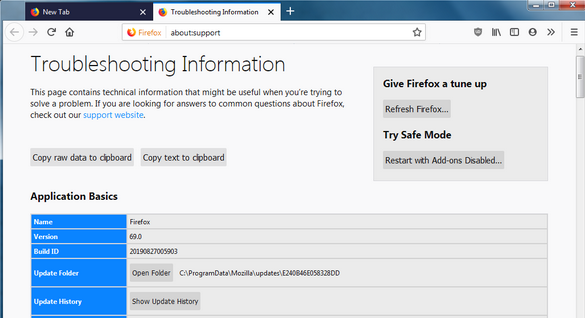Service Records may reinstall by itself, if you don’t delete everything. We recommend using SpyHunter for Mac to track down all components of the virus. This may save you time and frustration to deal with the malware.
Learn how SpyHunter works. To understand the policies, please review the EULA and Privacy Policy. FREE Remover allows you, subject to a 48-hour waiting period, one remediation and removal for results found. What if SpyHunter failed to Detect or Remove the infection? – Find out here how to use the FREE Support.
“Service Records will damage your computer” can greet you at the beginning of your work day. Unfortunately, somehow and adware program invaded your MAC. A browser hijacker like “Service Records will damage your computer” incorporates with your default browser and begins to modify its behavior in unwanted ways. Currently, “Service Records will damage your computer” is targeting Mac computers. The Service Records Malware is known for tracking user activities. This gives the ability of the Service Records Malware to deliver advertisements that are custom-made to every individual client’s inclinations.
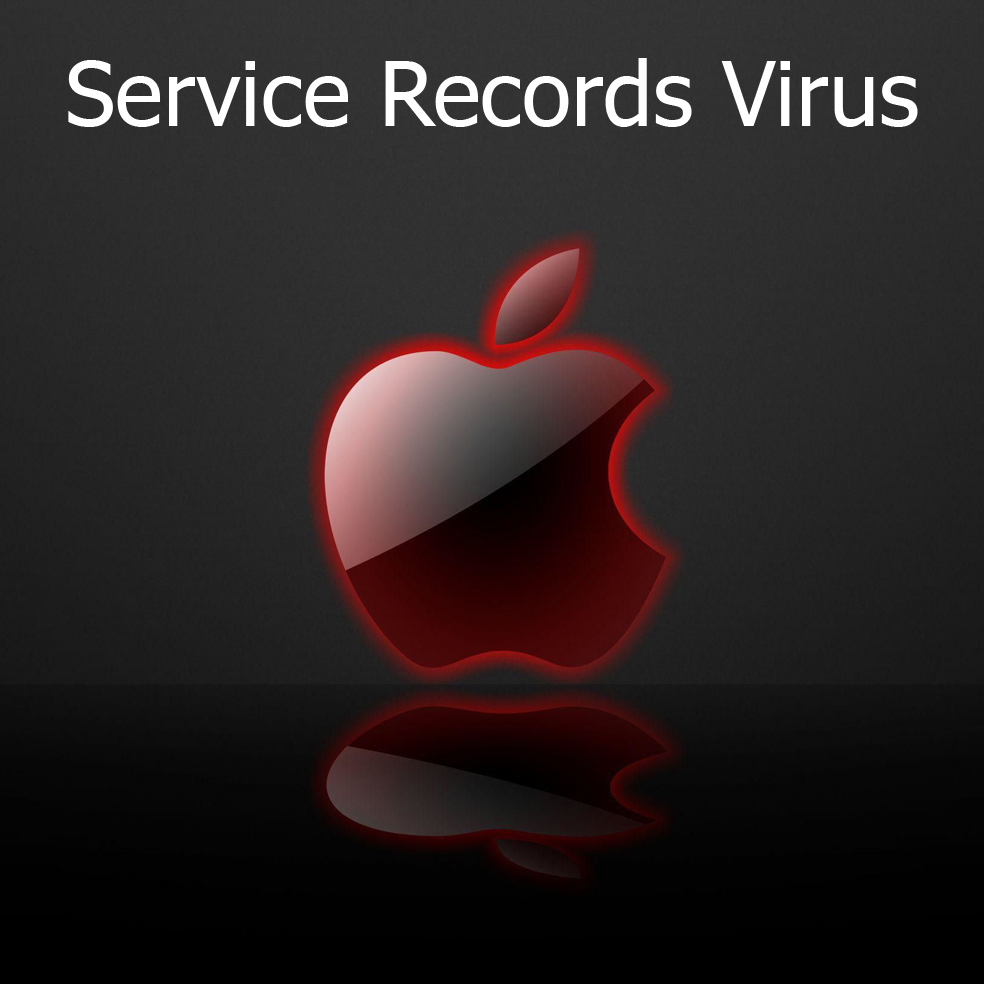
As per antivirus specialists, the SERVICE RECORDS Pop-Up Virus has been classified as a browser hijacker and not an actual virus. What is the distinction? All things considered, the hijacker is an irritating bit of programming code which causes inderect mischief to the client. Then again, an infection is covered up and will cause both immediate and unwanted damage to the client. Users are typically astounded when they experience SERVICE RECORDS Pop-Up Virus in the spot of their landing page since it happens out of the blue. At the point when you download free projects not from legitimate sources, you likewise procure other programming that in a large portion of the cases is adware. During the installation of the free program, you will be presented to consent with something that is unwanted. Thus you will end up with malicious piece of code, slowing down your mac.
Attention! You should be aware that all of your accounts and passwords were likely compromised. Viruses are designed to collect every piece of private information. We advise you to change all your passwords, once you clean your MAC, especially if you make online banking or shopping.
SUMMARY:
| Name | SERVICE RECORDS |
| Type | MAC adware, redirect virus |
| Danger Level | Medium (annoying and still a security risk) |
| Symptoms | MAC slowness; unwanted pop-up advertisements; modifications of browser’s settings; frequent website redirects, etc. |
| Distribution Method | Program packages and bundles, spam email messages, other adware installed on your MAC, etc. |
| Detection Tool |
More information, EULA, and Privacy Policy*. |
*You can use the SpyHunter to detect the parasite, however if you want to delete it automatically you need to register the antimalware program.
Remove SERVICE RECORDS Virus Infection Manually
If you perform exactly the steps below you should be able to remove the Go.redirectro.com Pop-Up Virus infection. Please, follow the procedures in the exact order. you may want to print this guide or look at it in another computer.
STEP 1: Kill SERVICE RECORDS from Memory
STEP 2: Find SERVICE RECORDS Start-up Location
STEP 3: Get Rid of SERVICE RECORDS from your browser (Safari; Firefox; Chrome)
Kill SERVICE RECORDS from Memory
- Open up the Utilities folder as shown below
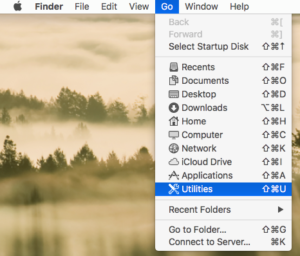
- Locate the Activity Monitor icon on the screen and double-click on it
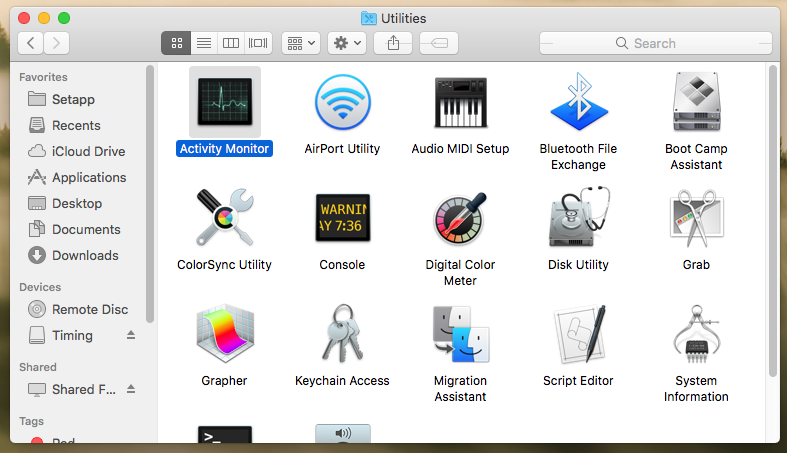
- Under Activity Monitor, find SERVICE RECORDS and select Quit Process
- A dialog should pop up, asking if you are sure you would like to quit the troublemaking process. Select the Force Quit option. Done!
Find SERVICE RECORDS Start-up Location
ATTENTION! If you are about to modify with Library files on Mac, be sure to know the name of the virus file, because if you delete the wrong file, it may cause irreversible damage to your MacOS. Continue on your own responsibility or Use SpyHunter to detect the SERVICE RECORDS malware
- Expand the Go menu in Apple Finder -> select Go to Folder.
- Type or paste the following string in the folder search dialog: /Library/LaunchAgents
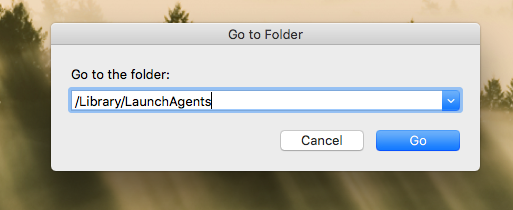
- Once the LaunchAgents directory opens up, find the following entries in it and move them to Trash:
com.Malware.plist
- Use the Go to Folder lookup feature again to navigate to the folder named ~/Library/LaunchAgents. When this path opens, look for the same entry (see above) and send it to the Trash.
- Similarly, go to the /Library/LaunchDaemons folder. Locate and move the following entries to the Trash:
com.MalwareSearchDaemon.plist
com.MalwareModuleSearchP.plist
- Click the Go button again, but this time select Applications on the list. Find SERVICE RECORDS entry on the interface, right-click on it and select Move to Trash. If admin password is requested, enter it so that the application can be removed completely.
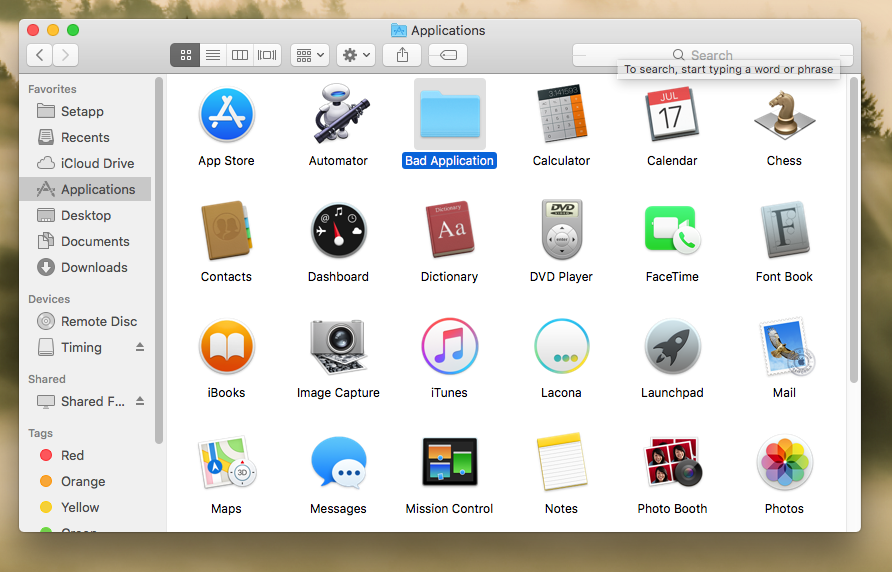
- Now go to Apple Menu and pick the System Preferences option

- Select Users & Groups and click the Login Items button. The system will come up with the list of the items that launch when the computer is started up. Locate SmartSignalSearch or another potentially unwanted entry there and click on the “-“ button.
Get Rid of SERVICE RECORDS from your browser (Safari; Firefox; Chrome)
SERVICE RECORDS Pop-Up Virus Ads may infect every browser you have. You need to do the steps one by one.
 Remove SERVICE RECORDS from Safari
Remove SERVICE RECORDS from Safari
- Open the browser and go to Safari menu. Select Preferences in the drop-down list

- Once the Preferences screen appears, hit the Privacy tab at the top. Find the option that says Remove All Website Data and click on it
- The system will display a confirmation dialog that also includes a brief description of what the reset does. Specifically, you may be logged out of some services and encounter other changes of website behavior after the procedure. If you’re okay with that, go ahead and click the Remove Now button
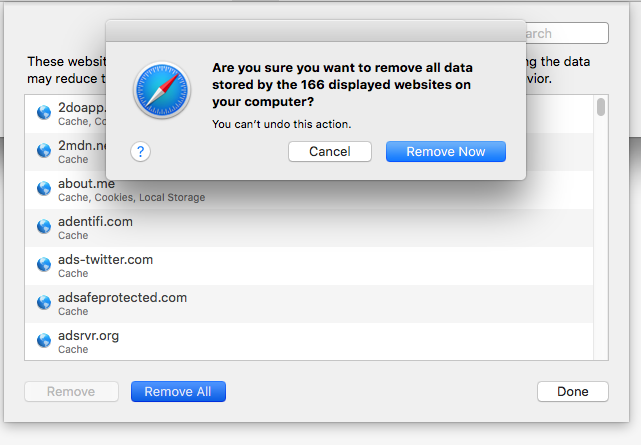
- In order to selectively clear data generated by certain websites only, not all of them, hit the Details button under the Privacy section of Safari Preferences

- This feature will list all websites that have stored potentially sensitive data, including cache and cookies. Select the one, or ones, that might be causing trouble and click the appropriate button at the bottom (Remove or Remove All). Click the Done button to exit.
- Here in the General tab you can modify your Homepage to your preference.
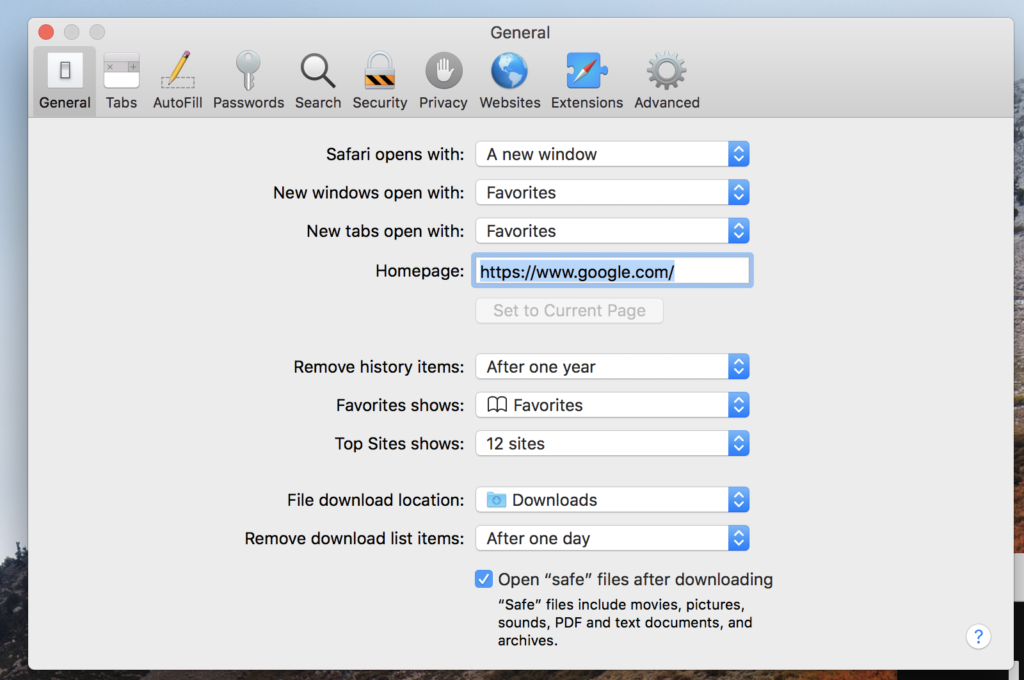
Remove SERVICE RECORDS from Google Chrome
- Start Chrome, click Settings –> Extensions. There, find the unwanted extension and click on Remove.
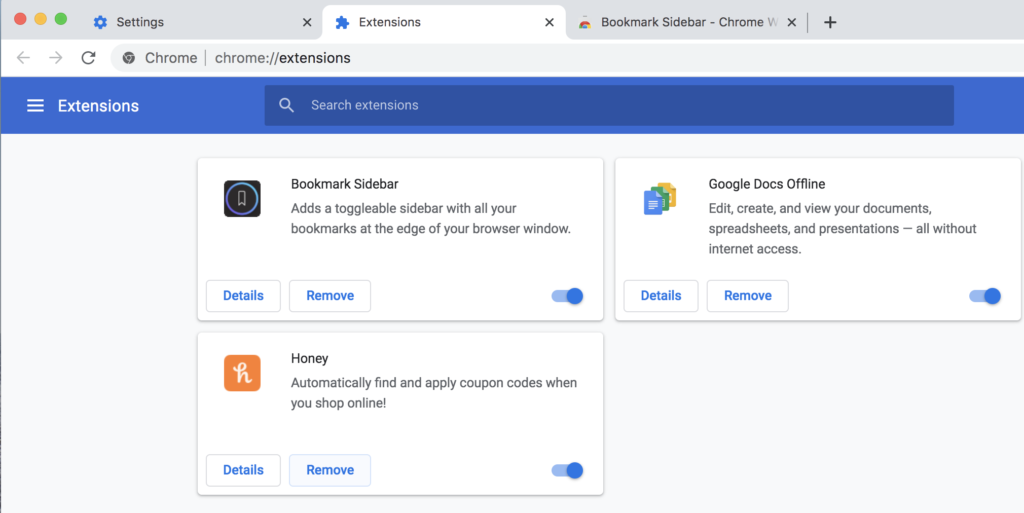
- In the Settings pane, select Advanced
- Scroll down to the Reset settings section. Under the Restore settings to their original defaults option, click the Reset settings button
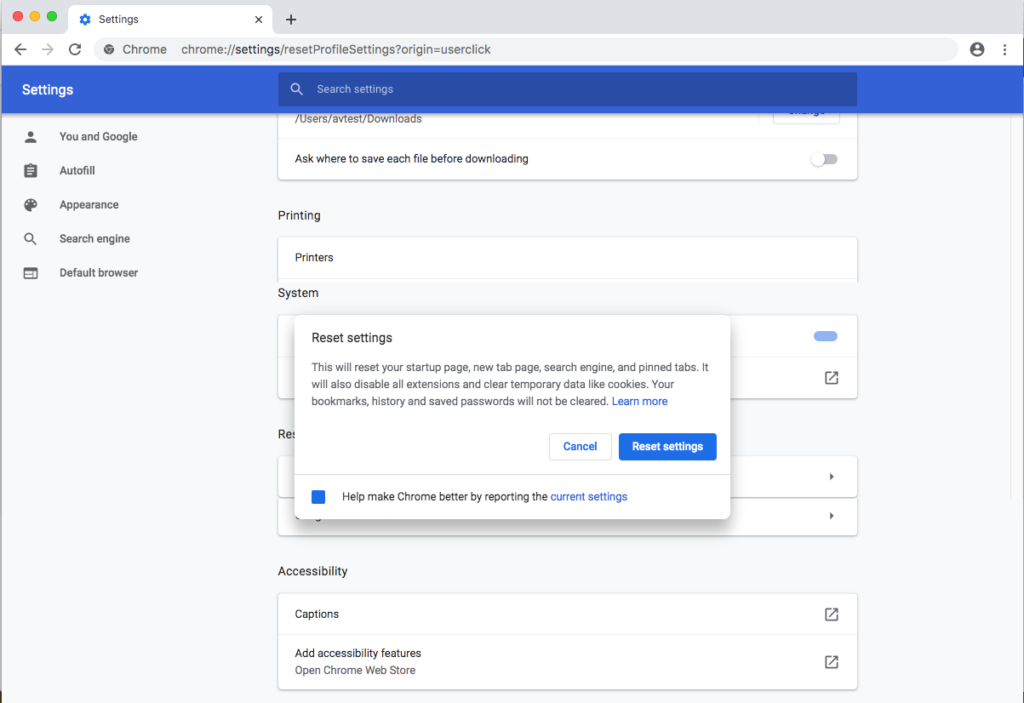
- Restart the browser
 Remove SERVICE RECORDS from Mozilla Firefox
Remove SERVICE RECORDS from Mozilla Firefox
- Open Firefox, click on the top right –> Add-ons. Select Extensions. Remove unwanted extension.
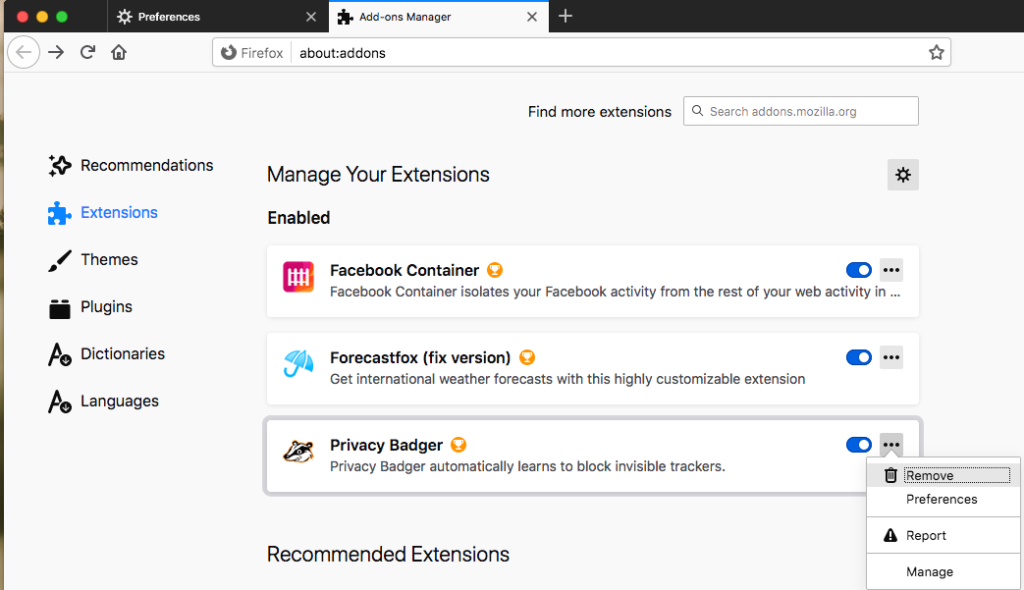
- Then select Help – Troubleshooting Information
- On the page that opened –> click the Reset Firefox button
